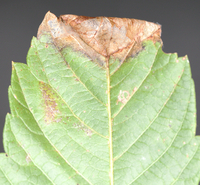
| Recorded by: Jim Petranka, Becky Elkin and Marilyn Westphal. on 2025-08-09
Henderson Co.
Comment: | 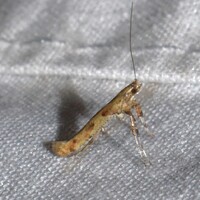
| Recorded by: Jeff Niznik, Larry Chen on 2025-04-02
Orange Co.
Comment: |

| Recorded by: Jeff Niznik, Larry Chen on 2025-04-02
Orange Co.
Comment: | 
| Recorded by: David George, Jeff Niznik on 2024-09-21
Chatham Co.
Comment: |

| Recorded by: Jim Petranka and Becky Elkin on 2024-08-28
Madison Co.
Comment: | 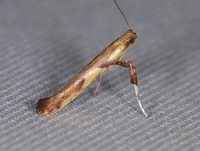
| Recorded by: Jim Petranka on 2024-06-28
Madison Co.
Comment: |
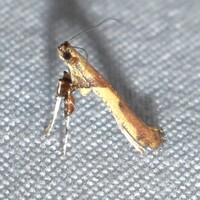
| Recorded by: Jeff Niznik on 2024-06-26
Orange Co.
Comment: | 
| Recorded by: Tracy Feldman on 2024-06-21
Chatham Co.
Comment: |
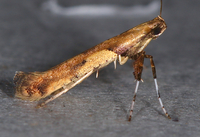
| Recorded by: Jim Petranka on 2024-06-09
Madison Co.
Comment: A reared adult from a leaf roll on Boxelder. | 
| Recorded by: Jeff Niznik on 2024-05-22
Orange Co.
Comment: |
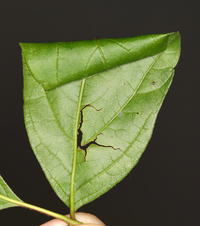
| Recorded by: Jim Petranka on 2024-05-22
Madison Co.
Comment: An occupied leaf roll on Boxelder; pupa on 2024-05-22; adult emerged on 2024-06-09 (see companion photos of the cocoon and adult). | 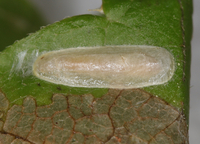
| Recorded by: Jim Petranka on 2024-05-22
Madison Co.
Comment: |
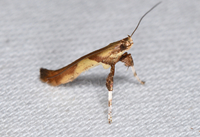
| Recorded by: Jim Petranka on 2023-07-30
Madison Co.
Comment: | 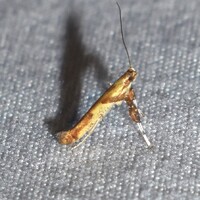
| Recorded by: Jeff Niznik on 2023-07-25
Durham Co.
Comment: |

| Recorded by: David George, Jeff Niznik on 2023-07-24
Orange Co.
Comment: | 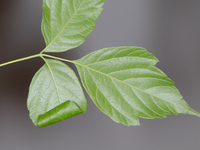
| Recorded by: Jim Petranka and Bo Sullivan on 2023-05-17
Richmond Co.
Comment: |

| Recorded by: Jim Petranka and Bo Sullivan on 2023-05-17
Richmond Co.
Comment: | 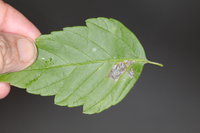
| Recorded by: Jim Petranka and Bo Sullivan on 2023-05-17
Richmond Co.
Comment: |
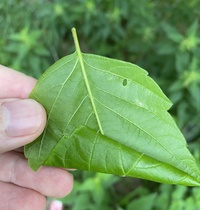
| Recorded by: David George, Tracy Feldman on 2023-05-16
Orange Co.
Comment: | 
| Recorded by: David George, Tracy Feldman on 2023-05-16
Orange Co.
Comment: |
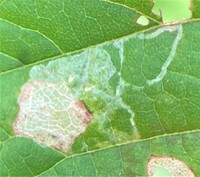
| Recorded by: Dean Furbish on 2022-09-15
Wake Co.
Comment: | 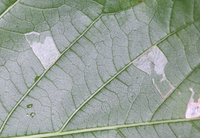
| Recorded by: Jim Petranka on 2022-07-24
Montgomery Co.
Comment: |

| Recorded by: Jim Petranka on 2022-07-24
Montgomery Co.
Comment: | 
| Recorded by: Jim Petranka on 2022-07-24
Montgomery Co.
Comment: |
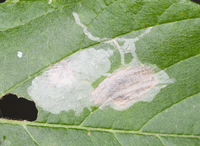
| Recorded by: Jim Petranka and Becky Elkin on 2022-07-09
Buncombe Co.
Comment: | 
| Recorded by: Jim Petranka and Becky Elkin on 2022-07-09
Buncombe Co.
Comment: |
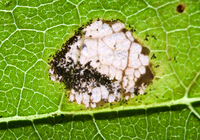
| Recorded by: Jim Petranka and Becky Elkin on 2022-07-09
Buncombe Co.
Comment: | 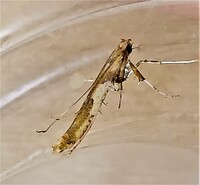
| Recorded by: Gary Maness on 2022-06-05
Guilford Co.
Comment: |

| Recorded by: Gary Maness on 2022-05-29
Guilford Co.
Comment: | 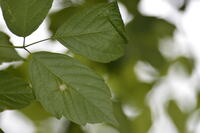
| Recorded by: Tracy S. Feldman on 2022-05-12
Durham Co.
Comment: |
|

 »
»






















